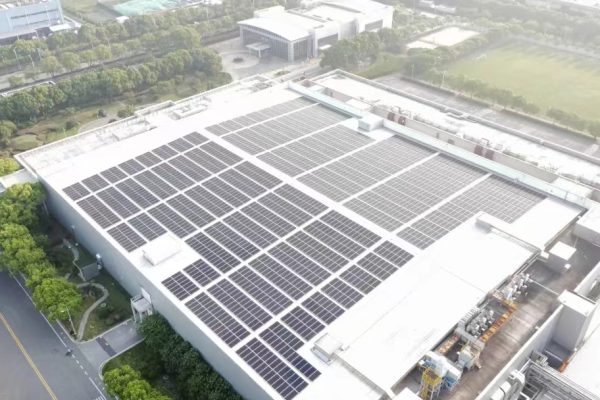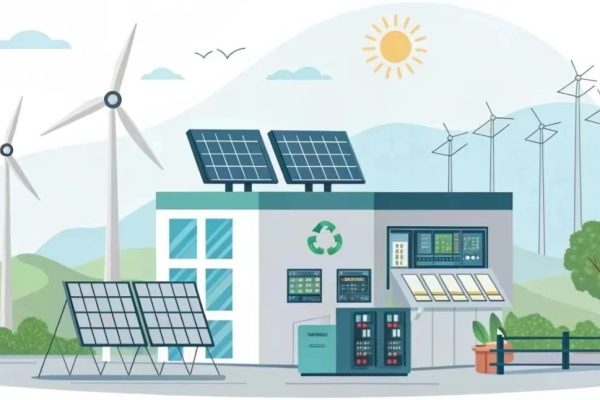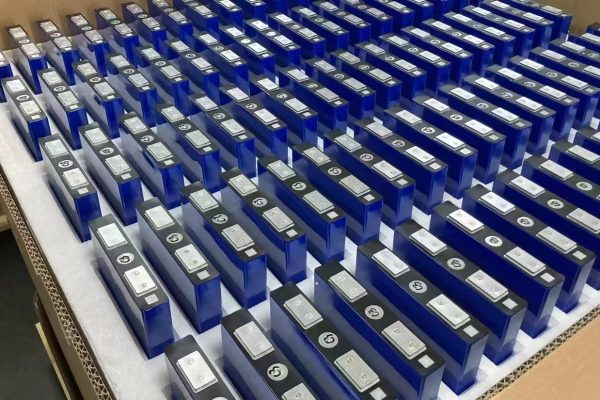Energy storage is no longer limited to large commercial facilities or suburban households. The rise of tiny homes, mobile housing, and off-grid cabins has created demand for compact, flexible, and cost-efficient energy storage systems (ESS). Designing for these applications requires a different approach than for standard residential or C&I setups. Space, weight, mobility, and cost all play a bigger role.
This article explores key considerations and practical design tips for creating ESS solutions tailored to mobile or tiny homes.
1. Understanding the Use Case
Before designing the system, define how the home will use energy:
- Tiny homes on-grid: Connected to the utility but want backup or self-consumption.
- Tiny homes off-grid: Dependent on PV + battery + generator backup.
- Mobile homes/RVs: Require lightweight, compact, and vibration-resistant solutions.
- Seasonal cabins: ESS must handle intermittent use and long idle periods.
Each scenario affects the choice of battery, inverter, and system layout.
2. Key Design Constraints
a) Space & Weight
- Tiny homes have limited square footage; ESS should fit under counters, inside cabinets, or in outdoor enclosures.
- Mobile setups must consider vehicle weight limits and road safety.
b) Load Profile
- Typical loads include lighting, small appliances, and laptops.
- High-load devices (AC units, induction cooktops, heaters) can dramatically increase system requirements.
c) Energy Source
- Most rely on rooftop solar, portable panels, or small wind turbines.
- Backup via generator or grid should be planned in from the start.
d) Budget Sensitivity
- Owners of tiny and mobile homes are often cost-conscious.
- Systems must balance affordability with safety and reliability.
3. Battery Selection
- Lithium Iron Phosphate (LiFePO₄): Best choice due to safety, cycle life, and lightweight design.
- Capacity Planning:
- Tiny homes: 5–15 kWh is typical.
- Mobile homes: 2–8 kWh is enough for lights, fridge, and electronics.
- Scalability: Modular battery packs allow upgrades as needs grow.
- Form Factor: Rack-mount or suitcase-style batteries are easier to install in tight spaces.
4. Inverter & Control Design
- Hybrid inverter preferred: can handle solar input, battery charging, and generator backup in one unit.
- Power rating:
- Tiny homes: 3–5 kW inverter covers most needs.
- Mobile homes: 1–3 kW inverter is usually sufficient.
- Surge capacity: Must support startup of appliances like fridges or pumps.
- Smart controls: An app or EMS that prioritizes solar charging and limits heavy loads improves usability.
5. Safety Considerations
- Thermal management: Batteries in confined spaces require ventilation or integrated cooling.
- Vibration resistance: For RVs or mobile homes, mounting hardware should secure packs against shocks.
- Weatherproofing: Outdoor cabinets must have IP-rated enclosures.
- Fire safety: Compact ESS should integrate BMS with automatic shutdown and fuses.
6. System Layout Tips
- All-in-One Cabinets
- Combine inverter, batteries, and BMS in a single enclosure.
- Saves installation time and reduces footprint.
- Modular Stacks
- Vertical stacking batteries in narrow footprints maximizes space use.
- Distributed Loads
- Separate circuits for essentials (lights, fridge) vs. non-essentials (heaters, microwaves).
- Ensures backup power lasts longer.
7. Cost-Saving Strategies
- Start small: Install a 3 kW / 5 kWh system and expand later.
- Use second-tier panels: Off-grid panels can be smaller and cheaper.
- DIY-friendly kits: Pre-wired systems simplify installation for owners with basic technical skills.
- Financing options: Offer installment plans to reduce upfront cost barriers.
8. Real-World Example
A 20 m² off-grid tiny home with:
- 5 kWh LiFePO₄ battery pack.
- 3 kW hybrid inverter.
- 3 kWp rooftop PV array.
- Small generator backup.
This setup can power LED lighting, a fridge, laptops, and light cooking appliances for daily use, while keeping total system cost under USD $8,000.
9. The Long-Term Opportunity
Designing ESS for tiny and mobile homes isn’t just a niche—it’s a growing global trend. Minimalist lifestyles, rising grid costs, and disaster-preparedness concerns are driving more consumers toward small but smart ESS solutions. Suppliers who can provide compact, integrated, and affordable systems will win trust in this market segment.
Designing ESS for mobile or tiny homes requires balancing portability, efficiency, and affordability. With careful selection of batteries, inverters, and layouts, it’s possible to deliver reliable power even in the most space-constrained environments.
For manufacturers and integrators, the key is to make these systems modular, easy to install, and safe—helping owners enjoy independence and resilience without technical headaches.









